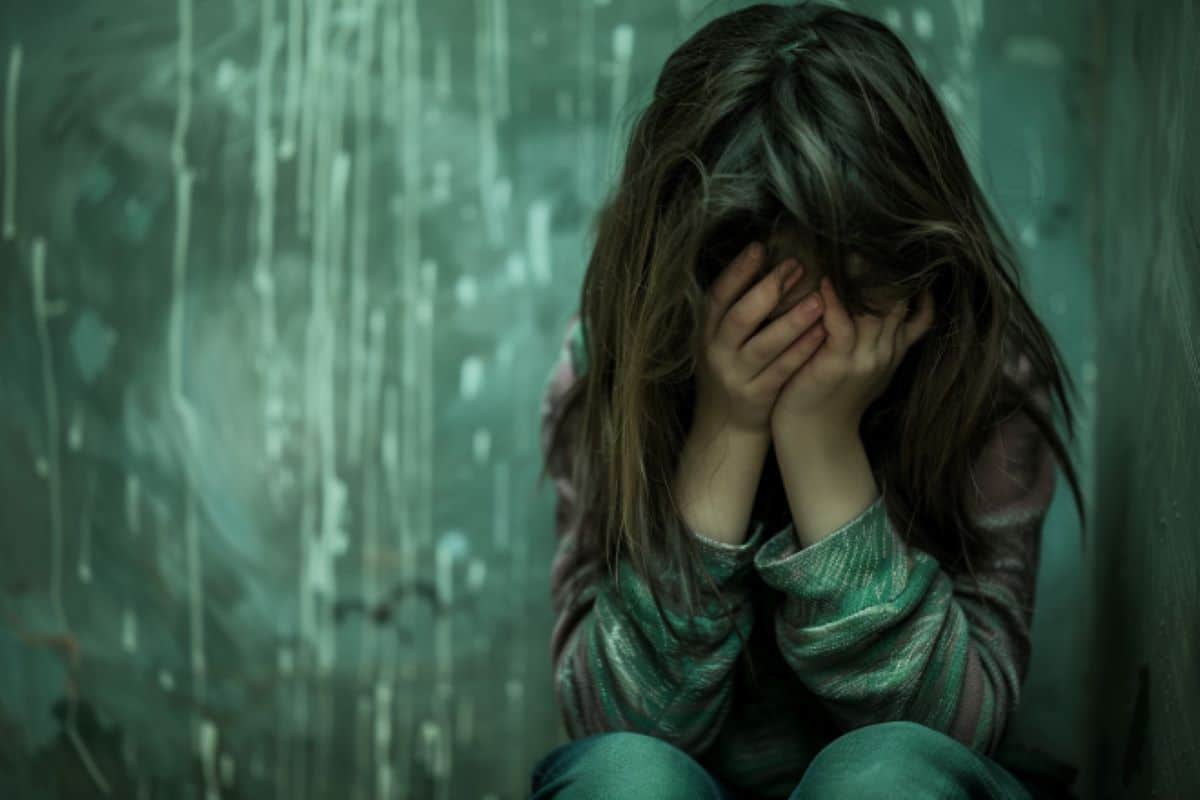Summary: Up to 40% of prevalent mental health conditions, including anxiety, depression, and substance abuse, stem from childhood maltreatment. The study estimates that addressing childhood maltreatment could prevent over 1.8 million cases of these disorders.
Specifically, childhood maltreatment accounts for 41% of suicide attempts and 35% of self-harm cases nationally. This comprehensive analysis underscores the urgent need to treat childhood abuse and neglect as a public health priority, with potential policy interventions to alleviate family stress and support mental health.
Key Facts:
- Extensive Impact: Childhood maltreatment contributes significantly to mental health conditions in Australia, affecting major life outcomes like depression, anxiety, and self-harm.
- Preventive Potential: Eradicating childhood maltreatment could prevent millions of mental health cases and significantly reduce years lost to death or disability due to these conditions.
- Policy Recommendations: The study advocates for policy-driven prevention measures, including paid parental leave and affordable childcare, to reduce child maltreatment rates.
Source: University of Sydney
A study examining childhood maltreatment in Australia has revealed the shocking burden for Australians, estimating it causes up to 40 percent of common, life-long mental health conditions.
The mental health conditions examined were anxiety, depression, harmful alcohol and drug use, self-harm and suicide attempts. Childhood maltreatment is classified as physical, sexual and emotional abuse, and emotional or physical neglect before the age of 18.
Childhood maltreatment was found to account for 41 percent of suicide attempts in Australia, 35 percent for cases of self-harm and 21 percent for depression.

The analysis, published in JAMA Psychiatry is the first study to provide estimates of the proportion of mental health conditions in Australia that arise from childhood maltreatment.
The researchers said the results are a wakeup call for childhood abuse and neglect to be treated as a national public health priority.
“The results are devasting and are an urgent call to invest in prevention – not just giving individual support to children and families, but wider policies to reduce stress experienced by families,” said Dr Lucinda Grummitt, from the University of Sydney’s Matilda Centre, who led the study.
“Investments to address childhood maltreatment have the potential to avert millions of cases of mental disorders in Australia.”
The analysis also found that if childhood maltreatment was eradicated in Australia, more than 1.8 million cases of depression, anxiety and substance use disorders could be prevented.
The study also found elimination of childhood maltreatment in Australia would, in 2023, have prevented 66,143 years of life lost (death) and 118,493 years lived with disability, totaling 184,636 years of healthy life lost through mental health conditions.
Researchers examined data that included national surveys provided by the Australian Child Maltreatment Study in 2023 (8500 participants), the Australian National Study of Mental Health and Wellbeing 2020-2022 (15,893 participants) and the Australian Burden of Disease study 2023.
The study made use of analytical methods to investigate the link between child maltreatment and mental health, which isolated other influential factors such as genetics or social environments. This provides stronger evidence that childhood maltreatment causes some mental health conditions.
Mental health conditions are currently the leading cause of disease burden globally and affect 13 percent of the global population. In Australia, suicide is the leading cause of death for young people.
Previous research (independent to the University of Sydney study) found over half (53.8 percent) of Australians experienced maltreatment during their childhood.
Dr Grummitt said there are effective interventions, such as programs to support children experiencing maltreatment or parent education programs, but the most sustainable solution to prevent child maltreatment is policy-driven prevention.
“Policies to alleviate stress experienced by families, such as paid parental leave, affordable childcare, income support like Jobseeker, and making sure parents have access to treatment and support for their own mental health could make a world of difference for Australian children.
“Addressing the societal and economic conditions that give rise to child maltreatment can play a large part in preventing mental disorders at a national level,” Dr Grummitt said.
The researchers cite an example in the United States where the introduction of state paid parental leave policies and timely access to subsidised childcare were strongly linked to reduced rates of child maltreatment.
About this childhood trauma and mental health research news
Author: Ivy Shih
Source: University of Sydney
Contact: Ivy Shih – University of Sydney
Image: The image is credited to Neuroscience News
Original Research: Closed access.
“Burden of Mental Disorders and Suicide Attributable to Childhood Maltreatment” by Lucinda Grummitt et al. JAMA Psychiatry
Abstract
Burden of Mental Disorders and Suicide Attributable to Childhood Maltreatment
Importance
The proportion of mental disorders and burden causally attributable to childhood maltreatment is unknown.
Objective
To determine the contribution of child maltreatment to mental health conditions in Australia, accounting for genetic and environmental confounding.
Design, Setting, and Participants
This meta-analysis involved an epidemiological assessment accounting for genetic and environmental confounding between maltreatment and mental health and 3 cross-sectional national surveys: the Australian Child Maltreatment Study (ACMS) 2023, National Study of Mental Health and Well-being 2020-2022, and Australian Burden of Disease Study 2023.
Causal estimates were derived on the association between childhood maltreatment and mental health conditions from a meta-analysis of quasi-experimental studies. This was combined with the prevalence of maltreatment from the ACMS to calculate the population attributable fraction (PAF).
The PAF was applied to the number and burden of mental health conditions in Australia, sourced from 2 population-based, nationally representative surveys of Australians aged 16 to 85 years, to generate the number and associated burden of mental disorders attributable to child maltreatment.
Exposure
Physical abuse, sexual abuse, emotional abuse, or neglect prior to age 18 years.
Main Outcomes and Measures
Proportion and number of cases, years of life lost, years lived with disability, and disability-adjusted life-years of mental health conditions (anxiety, depression, harmful alcohol and drug use, self-harm, and suicide attempt) attributable to childhood maltreatment.
Results
Meta-analytic estimates were generated from 34 studies and 54 646 participants and applied to prevalence estimates of childhood maltreatment generated from 8503 Australians. Childhood maltreatment accounted for a substantial proportion of mental health conditions, ranging from 21% (95% CI, 13%-28%) for depression to 41% (95% CI, 27%-54%) of suicide attempts.
More than 1.8 million cases of depressive, anxiety, and substance use disorders could be prevented if childhood maltreatment was eradicated. Maltreatment accounted for 66 143 years of life lost (95% CI, 43 313-87 314), primarily through suicide, and 184 636 disability-adjusted life-years (95% CI, 109 321-252 887).
Conclusions and Relevance
This study provides the first estimates of the causal contribution of child maltreatment to mental health in Australia. Results highlight the urgency of preventing child maltreatment to reduce the population prevalence and burden of mental disorders.







